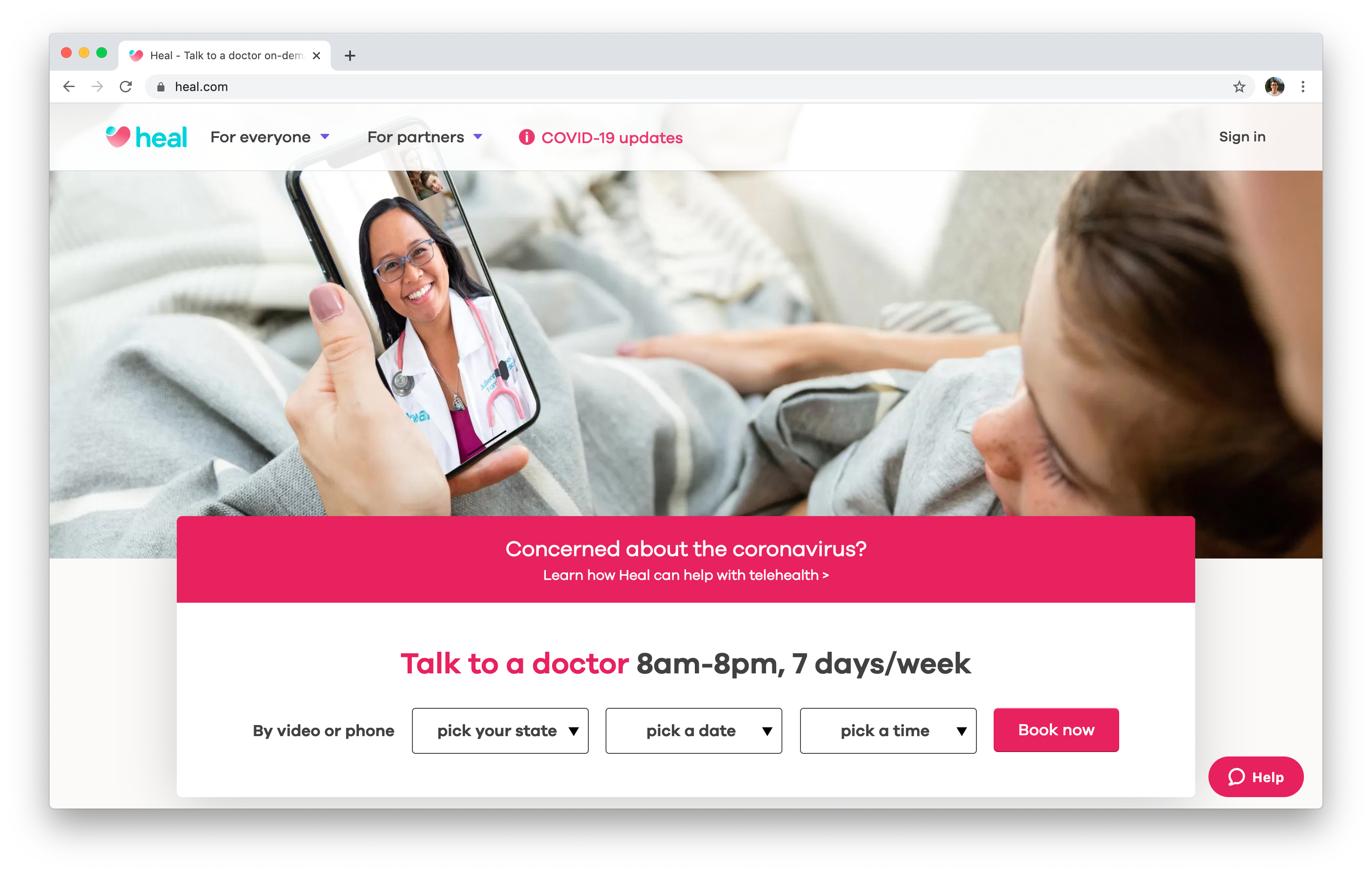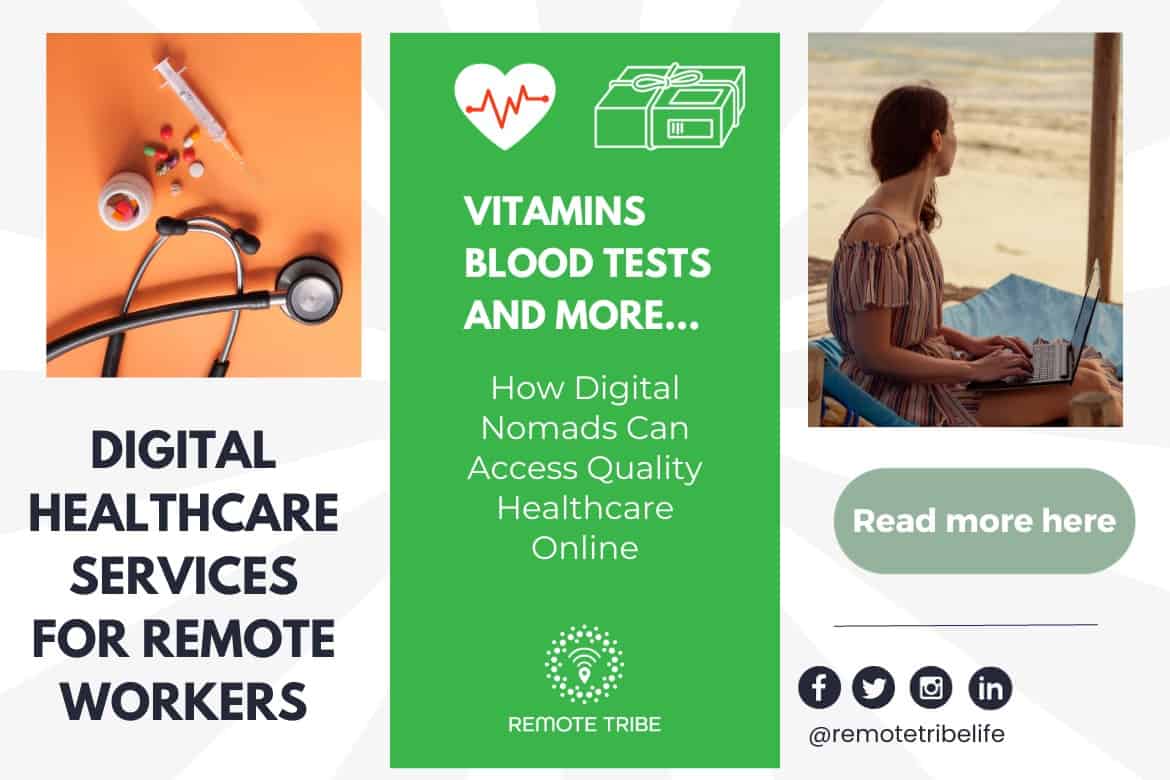Opening the Secrets of Subscription Based Healthcare for Better Patient Outcomes
Opening the Secrets of Subscription Based Healthcare for Better Patient Outcomes
Blog Article
Recognizing the Cost-Effectiveness of Subscription-Based Healthcare Models
As the medical care landscape evolves, subscription-based designs arise as an engaging alternative, guaranteeing to redefine just how people manage medical costs. Reviewing these models' cost-effectiveness requires a nuanced contrast with typical insurance, considering both monetary ramifications and person satisfaction. While they provide transparency and predictability in expenses, inquiries continue to be concerning their ability to meet diverse healthcare needs, particularly for specialized treatments. The point of views of health care carriers further complicate this equation, presenting a multifaceted challenge. What does the future hold for these models, and can they truly deliver on their promise of available, budget friendly treatment?
Review of Subscription-Based Designs
Subscription-based health care models, occasionally described as direct medical care or attendant medicine, are significantly obtaining focus as a potential service to inadequacies within typical medical care systems. These versions operate on the concept of offering clients straight accessibility to healthcare service providers via a monthly or annual cost, bypassing the requirement for traditional insurance policy systems. This arrangement aims to streamline patient-provider communications by reducing management burdens, which usually impede prompt and customized treatment.
At the core of subscription-based models is the focus on a more individualized patient experience. Clients take advantage of enhanced accessibility to their physicians, typically consisting of same-day or next-day consultations, extended assessment times, and straight interaction channels such as phone or video telephone calls. This model promotes an aggressive approach to health care, where individuals and providers can collaboratively concentrate on preventative treatment and chronic condition management.

Expense Contrast With Standard Insurance Policy

One of the main monetary advantages of subscription models is transparency in costs. Patients pay a foreseeable cost, which can streamline budgeting and monetary planning. Furthermore, these models generally eliminate co-pays and deductibles for covered solutions, lowering out-of-pocket spending. Alternatively, typical insurance policy might be much more beneficial for individuals calling for specialized treatment or costly treatments not covered under a registration version, as they take advantage of the broader insurance coverage network and cost-sharing devices.
However, cost-effectiveness is context-dependent. While membership versions may supply savings for those largely needing medical care, individuals with chronic problems or specialized healthcare requirements could find standard insurance policy much more detailed. Therefore, examining details healthcare demands and possible use is essential in figuring out one of the most cost-effective choice for people.
Effect on Individual Contentment
Patient contentment within subscription-based medical care designs typically reflects a substantial renovation over conventional insurance systems. Unlike typical systems, where individuals may experience hold-ups in obtaining care, subscription-based models ensure even more direct and timely communications with health care companies.
Furthermore, the openness in expenses related to subscription-based health care reduces the usual irritations associated with unanticipated charges and intricate invoicing procedures seen in conventional insurance policy (subscription based healthcare). Individuals value understanding the specific monetary dedication upfront, resulting in raised count on and self-confidence in their healthcare administration
In addition, the emphasis on precautionary treatment and wellness in membership versions adds to boosted health results, better enhancing individual satisfaction. By focusing on continuous health care rather than anecdotal treatment, patients experience a more continuous and alternative medical care trip.
Additionally, the improved provider-patient partnership cultivated in these models, characterized by more time invested per person and personalized attention, plays an important duty in boosting person complete satisfaction levels, as clients really feel really looked after and recognized.
Provider Perspectives and Experiences
From the company's perspective, subscription-based medical care versions offer a transformative approach to delivering medical solutions. These versions stress a preventative and aggressive medical care method, enabling carriers to concentrate on detailed individual care without the restrictions of conventional fee-for-service arrangements (subscription based healthcare). This change in emphasis commonly leads to enhanced client outcomes and raised copyright contentment, as health care experts can assign even more time and sources to client engagement and individualized treatment plans
Moreover, registration designs facilitate foreseeable profits streams, which enhance economic security for doctor. This predictability enables improved source planning and allocation, adding to a much more reliable health care delivery system. Suppliers can invest in team infrastructure, training, and innovation improvements, consequently boosting the high quality of treatment offered.
Nevertheless, the transition to subscription-based designs is not without obstacles. Companies have to adapt to new functional frameworks, which can include substantial changes in invoicing techniques and patient administration systems. In addition, there is an inherent demand for durable data management to track individual end results and make certain high quality treatment. Despite these obstacles, lots of service providers discover that the advantages of raised patient interaction and streamlined operations exceed the first obstacles, making subscription-based models an attractive option.
Future Potential Customers and Challenges

A primary obstacle is regulative compliance, as registration models have to stick to developing medical care policies and insurance policy demands. This necessitates continual adaptation and technology to guarantee placement with legal criteria. Furthermore, incorporating these designs right into existing health care frameworks can be complex, calling for significant financial investments in technology and training.
There is likewise the potential danger of developing inequities in health care access, as membership versions might favor those that can afford them, leaving prone populaces underserved. Addressing this needs thoughtful factor to consider of pricing methods and aid devices to make certain inclusivity.
Final Thought
Subscription-based healthcare models present a viable alternative to traditional insurance by offering economic predictability and openness, specifically benefiting people with chronic conditions or constant healthcare needs. The cost-effectiveness of these versions is contingent upon individual healthcare usage patterns and circumstances.
Subscription-based health care versions, often referred to blog here as straight primary care or concierge medicine, are progressively acquiring interest as a prospective service to inefficiencies within traditional medical care systems. Unlike standard systems, where image source clients might experience hold-ups in getting care, subscription-based versions make sure more timely and straight interactions with healthcare providers.
These versions highlight a preventative and aggressive health care approach, enabling service providers to concentrate on detailed patient treatment without the constraints of typical fee-for-service plans. As these versions continue to obtain traction, they supply the prospective to revolutionize individual access to care, enhance solution shipment, and maximize healthcare investing.Subscription-based healthcare designs present a feasible choice to conventional insurance policy by providing economic predictability and transparency, especially profiting individuals with chronic problems or constant healthcare requirements.
Report this page